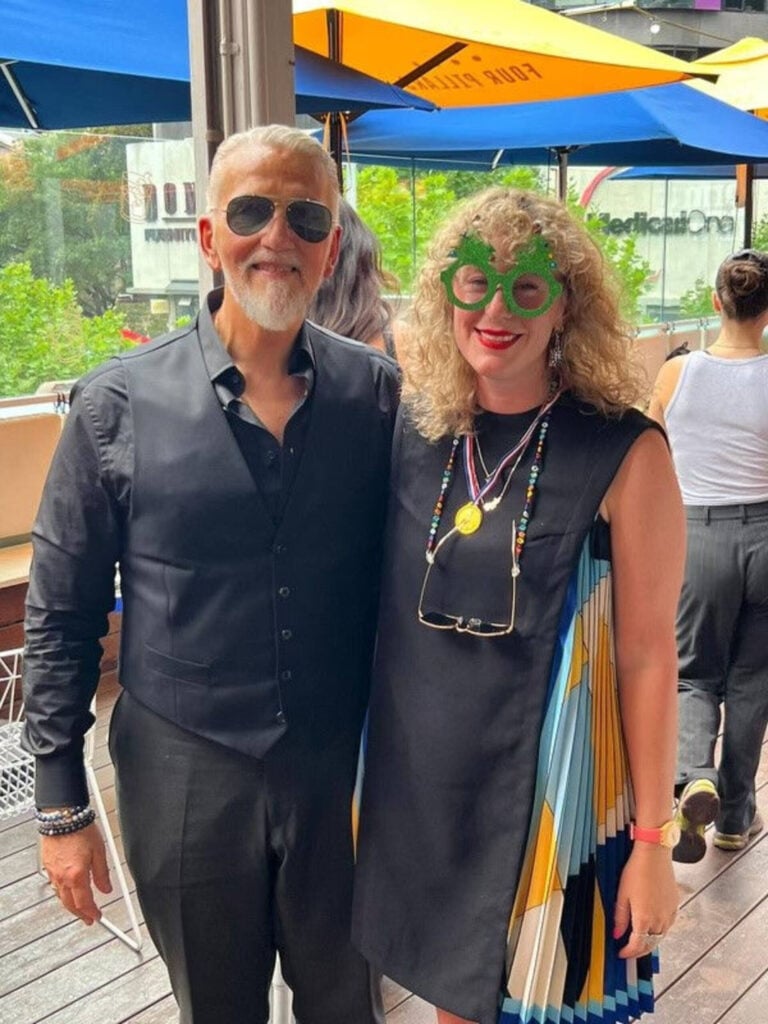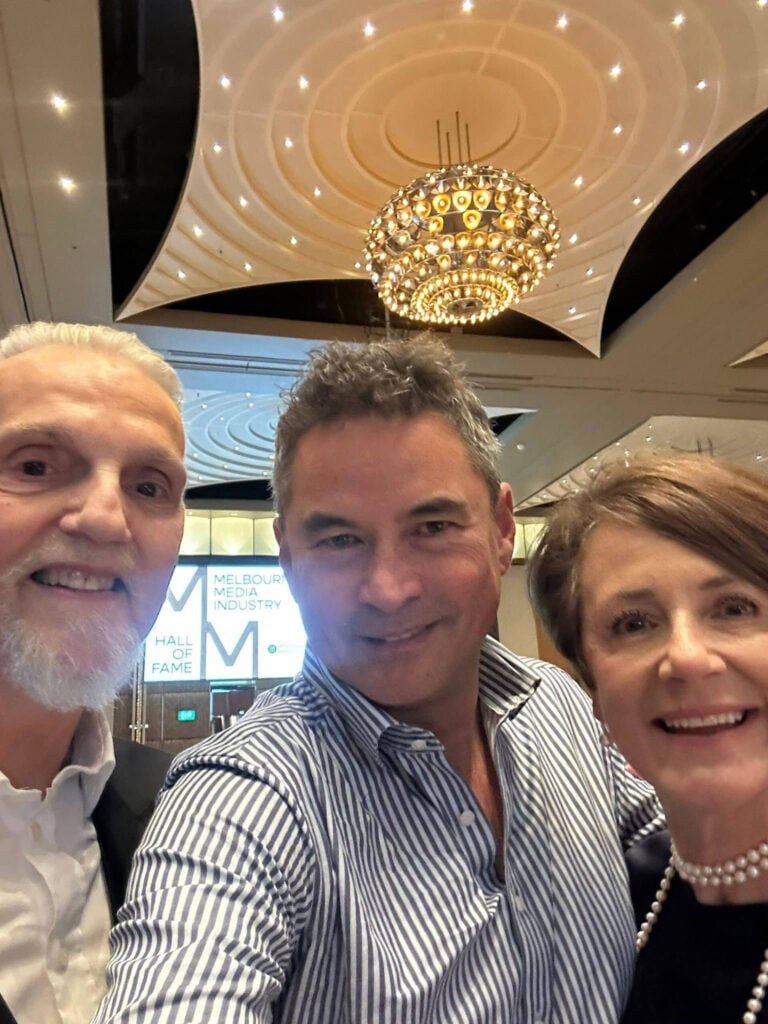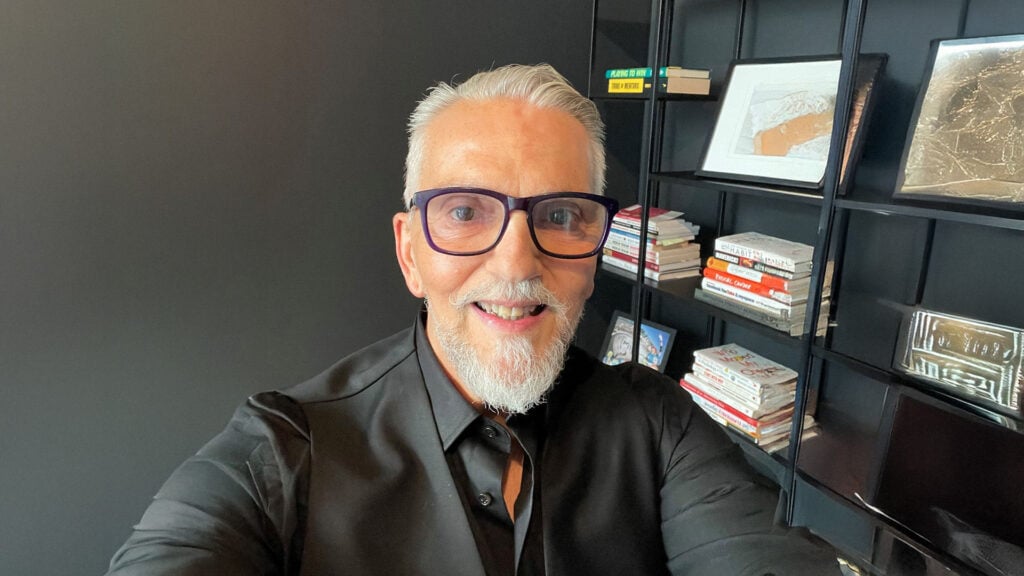Suggesting that John Petropoulos is an “influencer manager” gets a swift response. “You’re completely wrong,” he says over the phone.
With over 40 years in advertising, including a stint as CEO of Mindshare, managing over $350 million in client spend, Petropoulos has seen the industry evolve from TV-dominated Mad Men days to today’s algorithm-driven influencer economy.
Now semi-retired, he sits on multiple advertising boards, including as a non-executive board member of Hypetap, an AI-based influencer marketing platform.
Last month, Petropoulos was inducted into Melbourne’s Media Industry Hall of Fame, a nod to his decades-long contribution to Australian advertising.
These days, his focus is on the business of influence, though he’s quick to clarify, not as a manager of influencers.
“I’m on advisory boards, helping scale businesses like Hypetap. We treat influencers as part of the advertising channel mix.”
FROM MAD MEN TO AI
The platform connects influencers with brands like Heinz, UNIQLO, Cadbury, Colgate and Kathmandu. It’s big business.
“It’s a two- or three-billion-dollar industry in Australia now,” Petropoulos estimates.
So who’s paying whom?
“Yeah, influencers get paid. Clients pay us to pay influencers.”
What’s changed since traditional ad buys is the role of technology in shaping these campaigns. The agency uses AI to vet influencers, checking their prior content, their affiliations, and even the accuracy of the claims they make, especially for sensitive sectors like health or finance.
“If they’ve done a weight loss post before, or are about to promote a product like that, our system fact-checks the product and the influencer’s history.”
Still, Petropoulos acknowledges the fundamental tension in influencer marketing: the audience’s perception of authenticity versus the reality of sponsorship.
“Look, if you’ve followed that influencer and they’ve been consistent in their content, you tend to trust them. But yes, they must disclose sponsorship. The post has to say it’s sponsored.”

TRUST ME, I’M SPONSORED
Transparency, he insists, is non-negotiable.
“You must tell the public it’s been bought. Well, it’s the same thing in social media. Paid content has to be disclosed.”
But is the influencer still trusted if they’re being paid? I ask.
“You’re assuming they’re all mercenaries, and they’re not,” Petropoulos pushes back. “A good influencer values their audience. If they start spruiking everything, they lose followers.”
He draws a comparison to traditional media.
“It’s like editorial. A newspaper or broadcaster has lines they won’t cross, even when advertisers are involved. Influencers have to manage that same balance.”
We, for example, don’t script what influencers must say. Instead, the platform helps ensure alignment between a brand’s values and the influencer’s audience and tone.
“They create content. They may say, ‘I’ve used this before,’ or show how they use it. But if you tell them what to say word-for-word? Most won’t do it.”
@mia.gross Share A Coke: Relay Style! Don’t forget to grab yours whilst it’s still in stores! #shareacoke #CocaColaAU #ad
CAN INFLUENCING BE ETHICAL?
The line between content and commerce continues to blur. In a world where a rail journey recommendation could be a paid post from a tourism board, distinguishing between genuine enthusiasm and advertising can be difficult.
“Exactly,” says Petropoulos. “It’s like choosing a channel on Foxtel. You’ve got 100 options. An influencer just helps guide the viewer to what might be relevant—just like a TV ad.”
When it comes to comparing editorial to influence, “Bingo,” he says. “Like the ABC or BBC, where the content isn’t sponsored. But even in influence, a smart creator protects their reputation. That’s their currency.”
What does this mean for consumers? Petropoulos believes the future of influence lies not in gimmicks, but credibility.
“If influencers aren’t genuine, their audience walks. That’s the ultimate check and balance.”
Today, as algorithms tailor our feeds and content creators walk the line between authenticity and advertising, Petropoulos remains a realist.
“It’s all part of the advertising mix. We’re just working with new channels.”
And perhaps, with a bit more transparency and a closer look at the captions, consumers can navigate those channels just fine.










